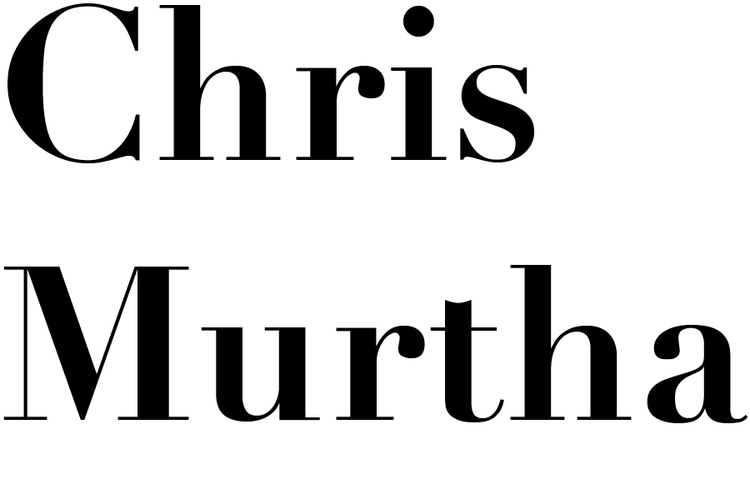Installation views of Making Knowing: Craft in Art, 1950-2019, Whitney Museum of American Art, New York, November 22, 2019 – January 2021. Photos: Ron Amstutz; courtesy of the Whitney Museum.
My review of the Whitney Museum’s Making Knowing: Craft in Art, 1950–2019 was recently published on Mousse Magazine’s website. The latest in the museum’s series of long term, collections-based presentations, the exhibition foregrounds the many intersections between craft and art, from the grid-based weavings of Fiber Art to the unabashed ornamentation of Pattern & Decoration…with many ceramics in between.
From the review:
“The works selected by curators Jennie Goldstein and Elisabeth Sherman demonstrate that craft, which has long been defined by particular materials, techniques, and aesthetics—often in opposition to “fine art”—is also conceptual, multivalent, and an empowering strategy for marginalized artists.”
“Though it is bound by the limits of the [Whitney’s] collection, Making Knowing is a useful and corrective survey of craft’s presence in postwar US art,” one that enables previously marginalized artists “to emerge as central figures in a revised history.”
Read the full review at moussemagazine.it.
Making Knowing is on view at the Whitney Museum through January 2021.

